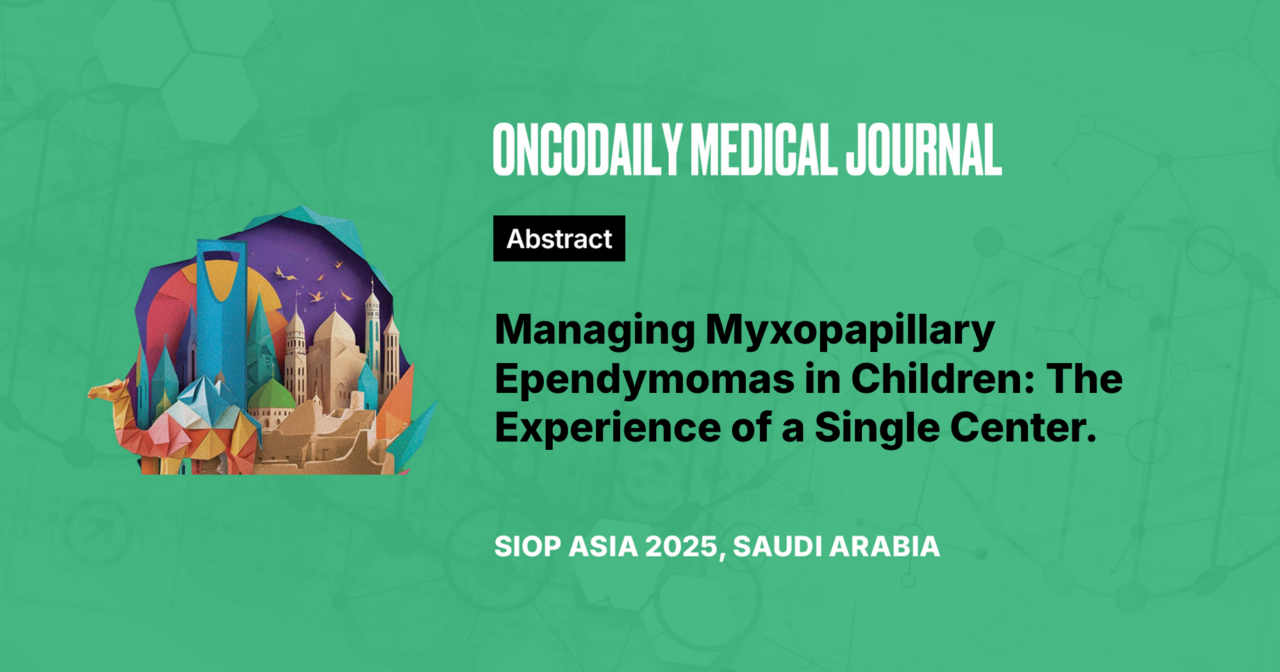Abstract
Introduction: Myxopapillary ependymomas (MPE) are a rare subtype of spinal cord ependymomas predominantly localized in the lumbosacral region. The most optimal strategy is achieving maximum safe surgical resection of the tumor. The role of adjuvant radiotherapy (RT) remains uncertain.
Methodology: Thirty-nine patients diagnosed with MPE at the D. Rogachev Center between 2013 and 2024 were retrospectively reviewed. The median age at diagnosis was 13 years (range 5-17 years). The median follow-up was 3.6 years. Predominant localization was lumbosacral region (n = 37). Recurrence: local n=5, metastatic n=3.
Results: All patients received surgery as the initial treatment modality. Surgery consisted of either a GTR (n=27) or a partial resection (n=6). In 6 cases extent of resection was unknown. In 13 cases post-surgical management included RT. The median dose of RT was 50.4 Gy. Twelve patients receiving RT were treated at the involved site, while one patient received craniospinal irradiation. Following surgery, 26 patients were left under dynamic observation. Among the total of 39 patients, there were 8 relapses, with 2 occurring in the RT group and 6 in the observation group. The 3-year overall survival (OS) rate for the entire cohort was 100%, while the event-free survival (EFS) rate was 88% for those receiving RT compared to 73% for those who did not receive RT.
Conclusions: RT appears to reduce the risk of progression in patients with MPE; however, this effect did not reach statistical significance, which can largely be explained by the small number of patients who received RT in this study. Therefore, further studies with larger sample sizes are needed to clarify the potential benefits of RT. Identifying specific genetic markers could help better stratify patients for treatment, allowing radiotherapy to be targeted only to those who would benefit while others can be managed through observation.





